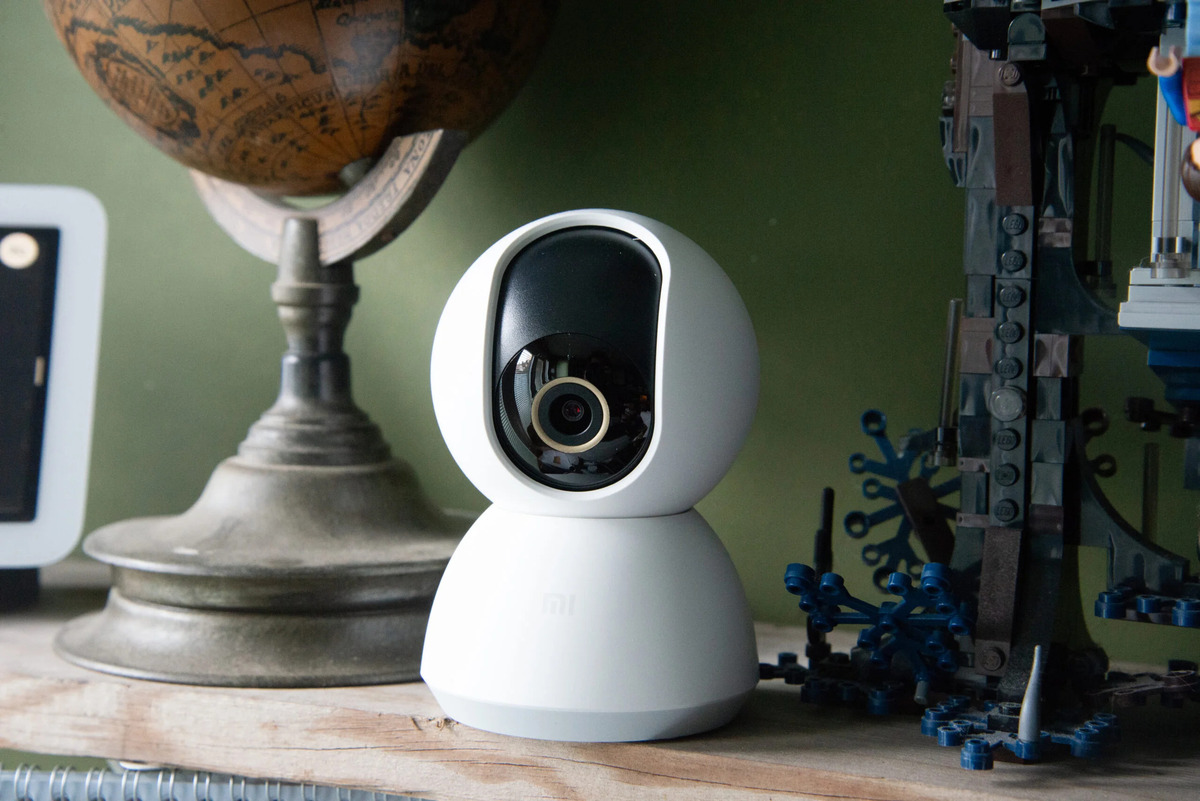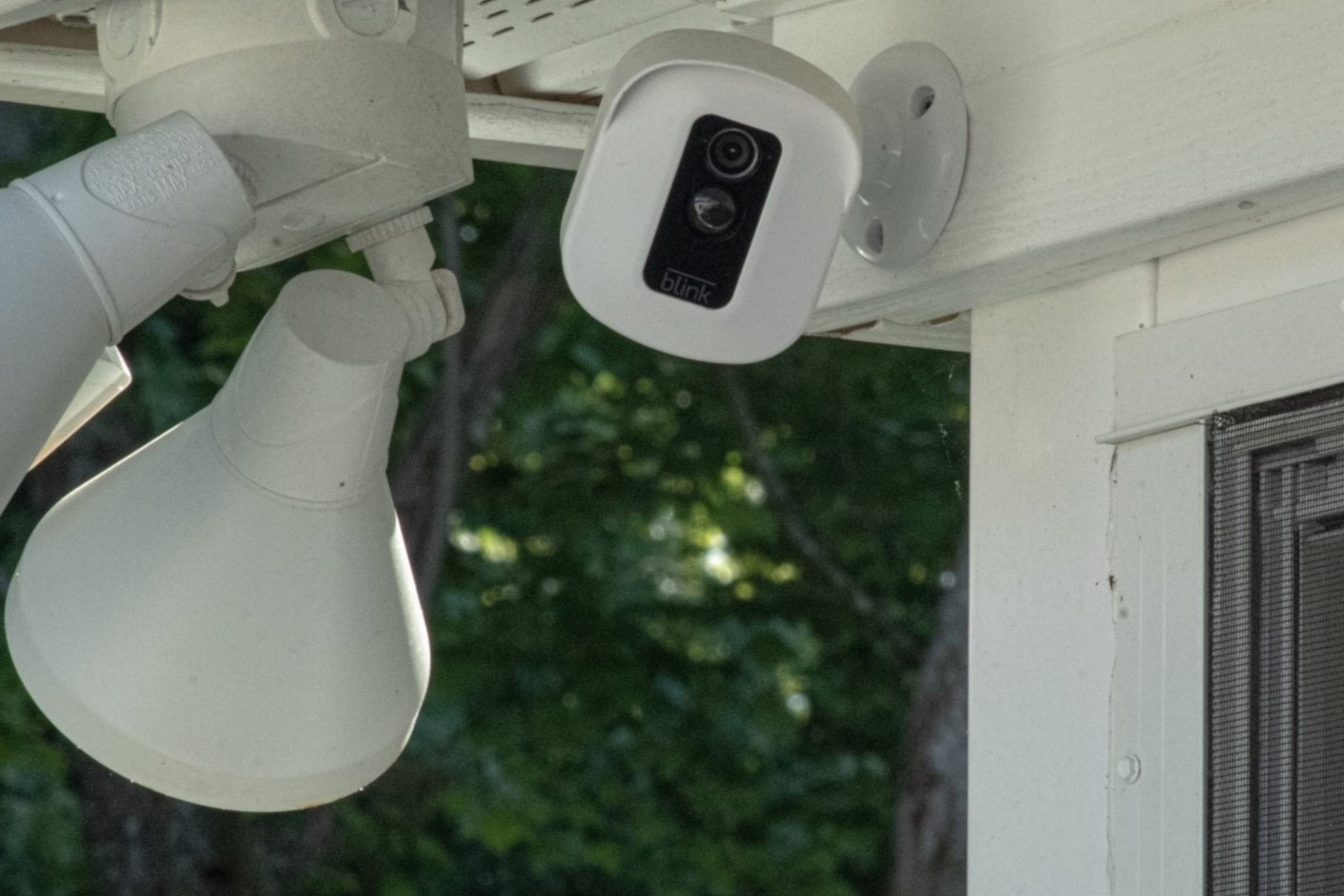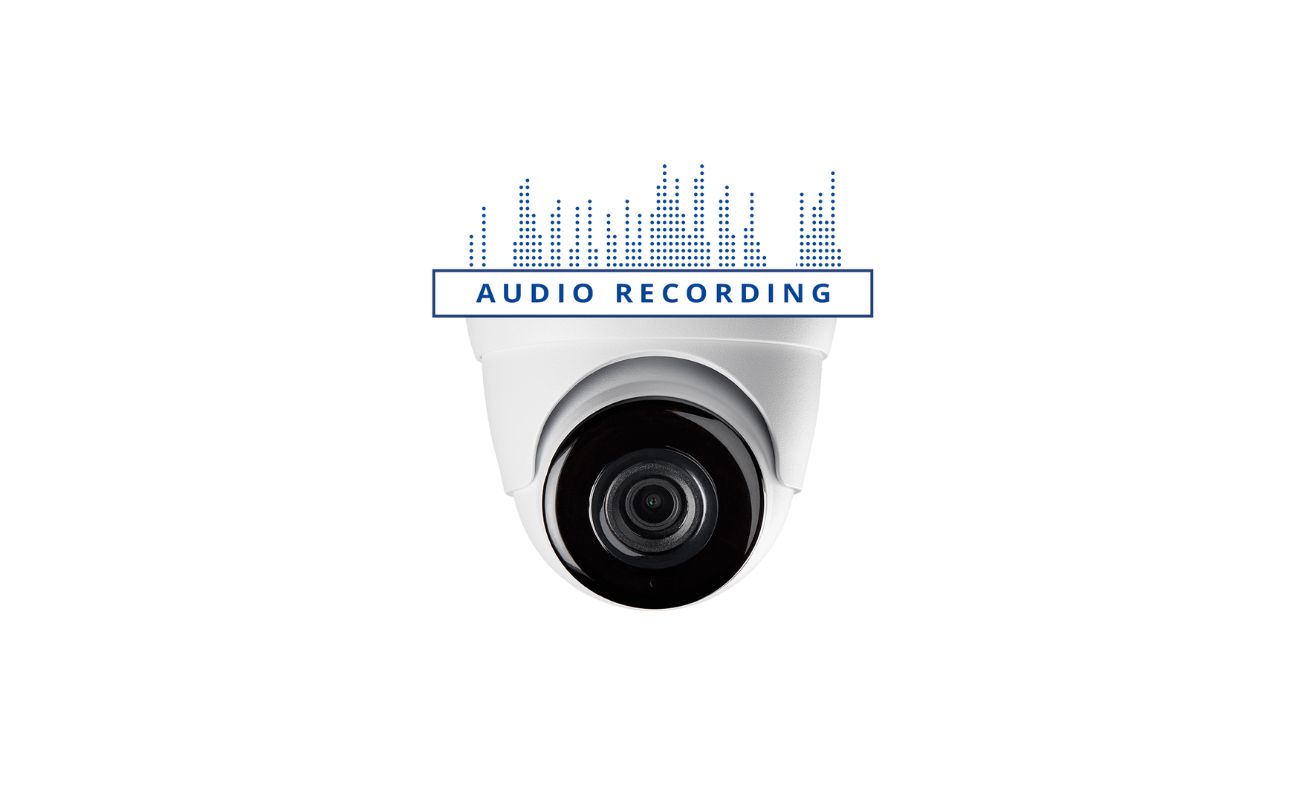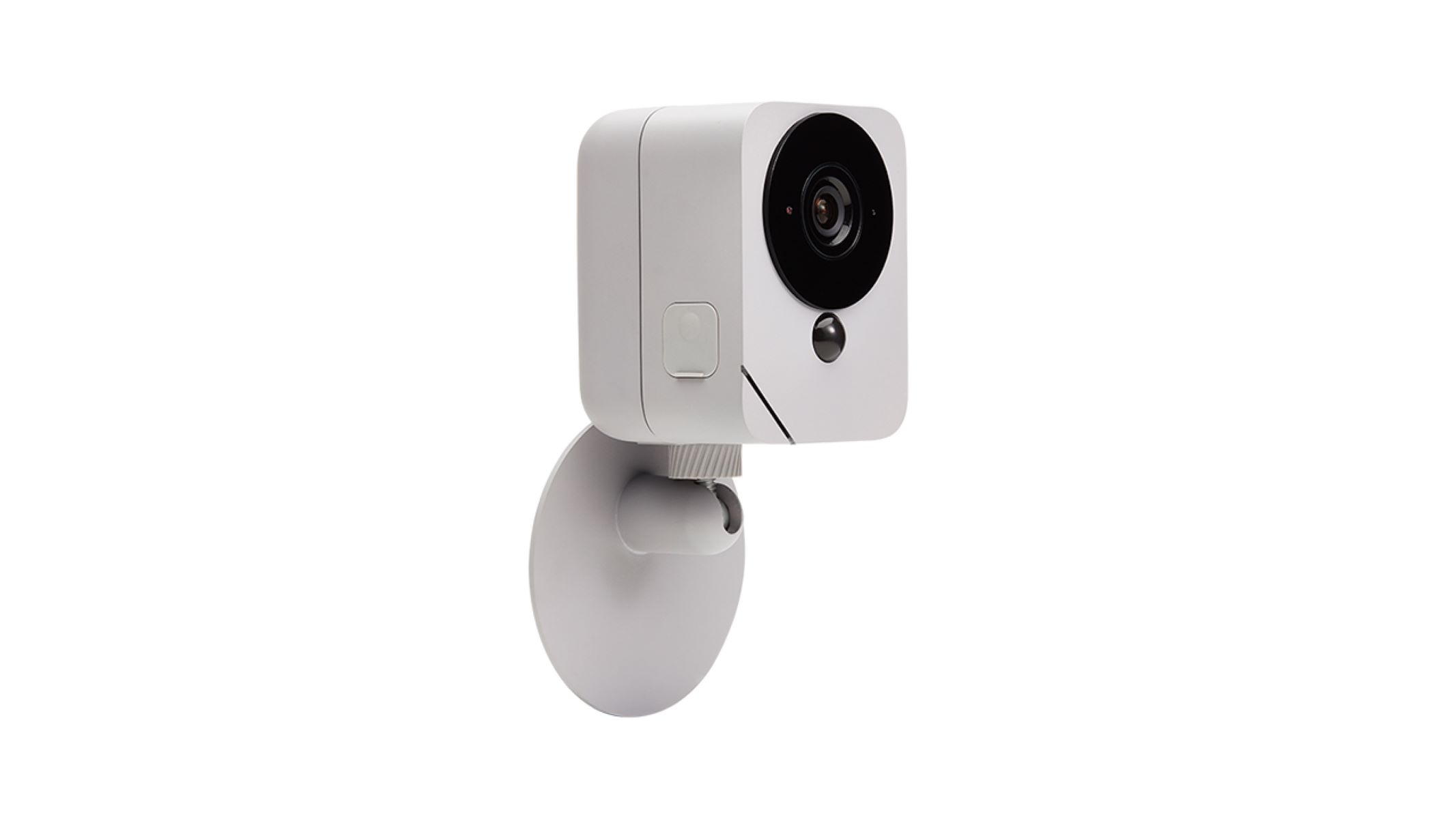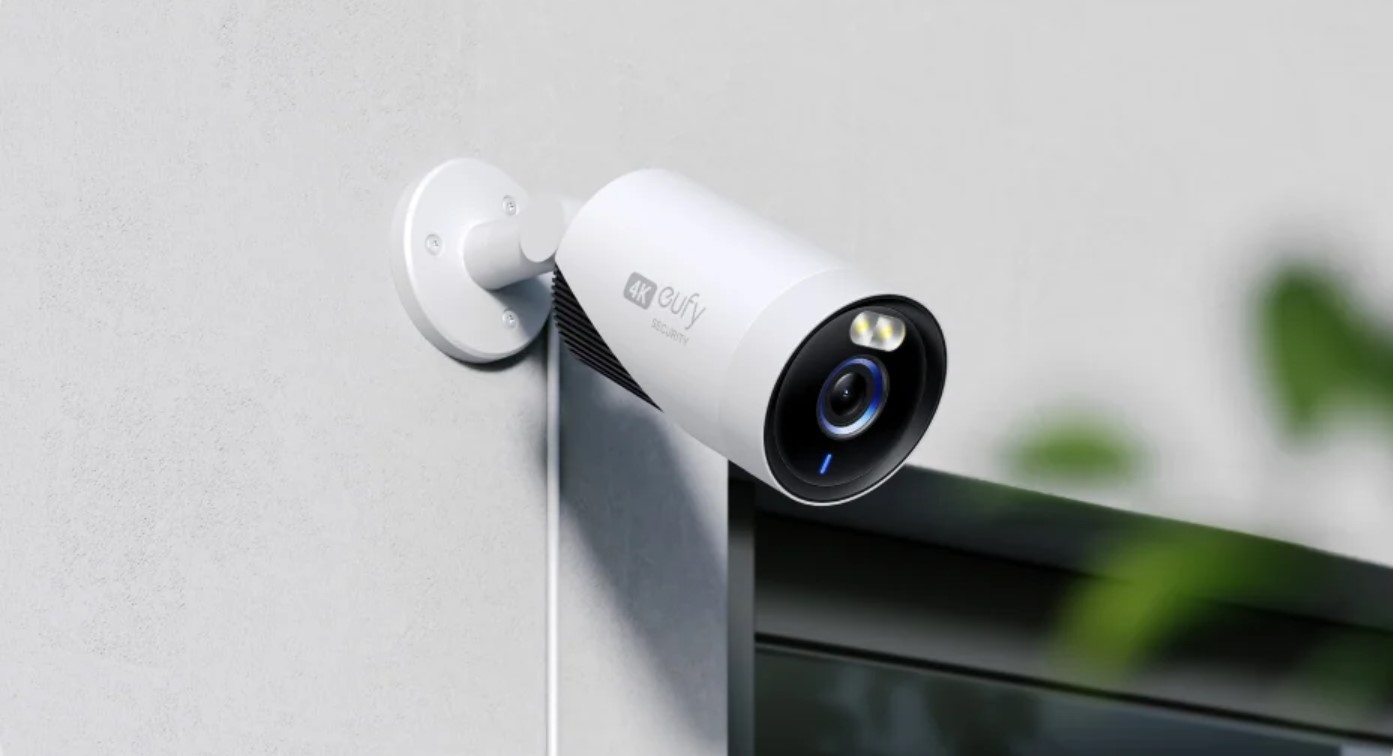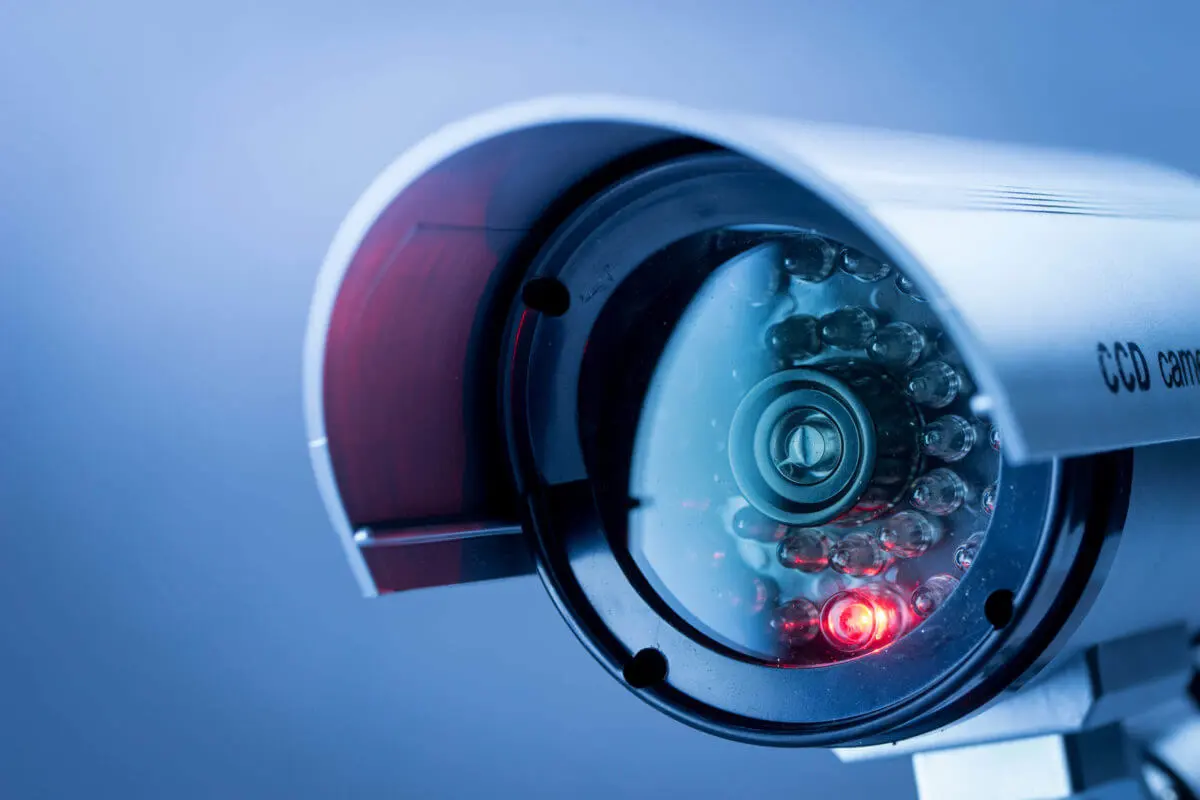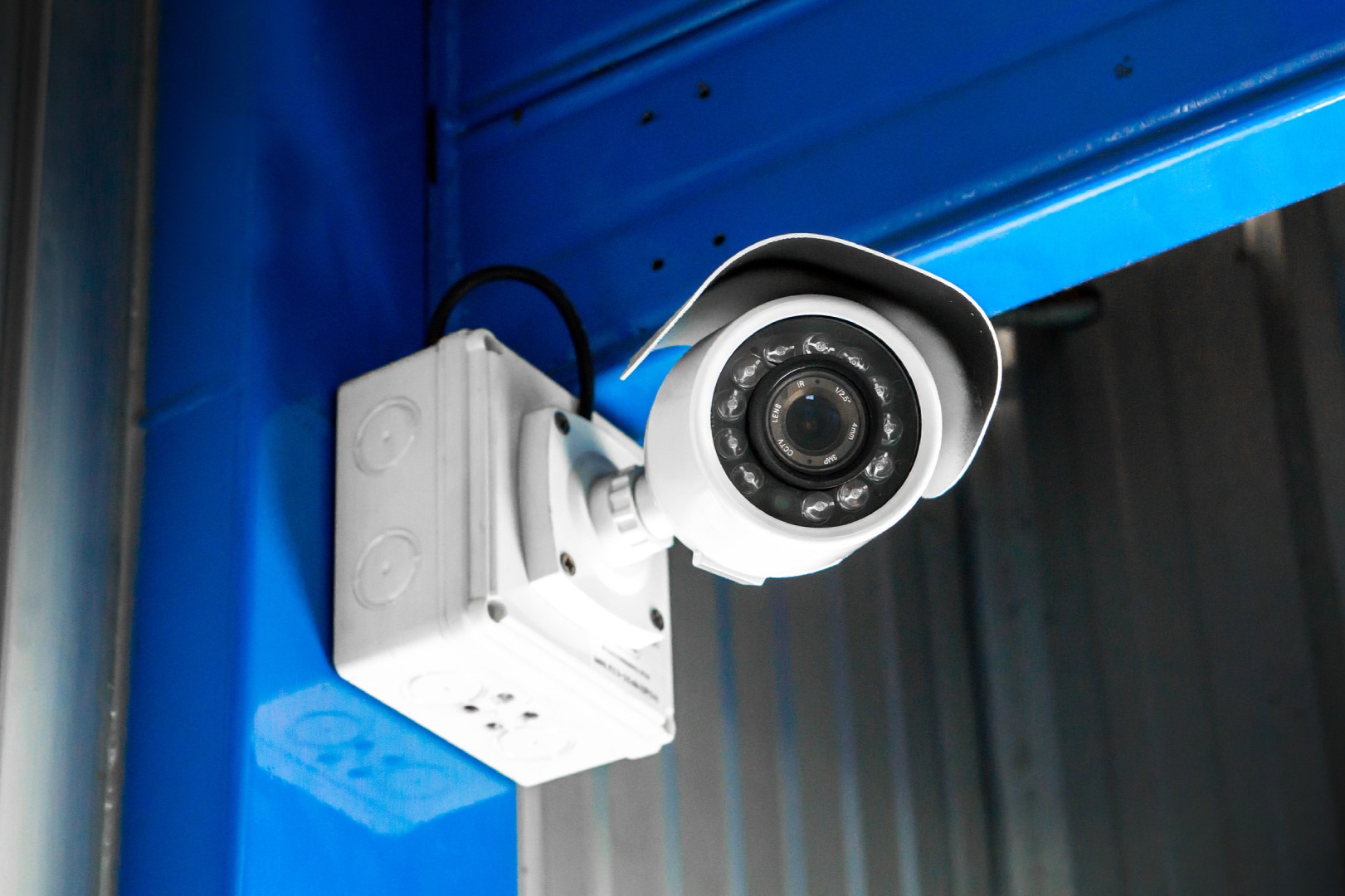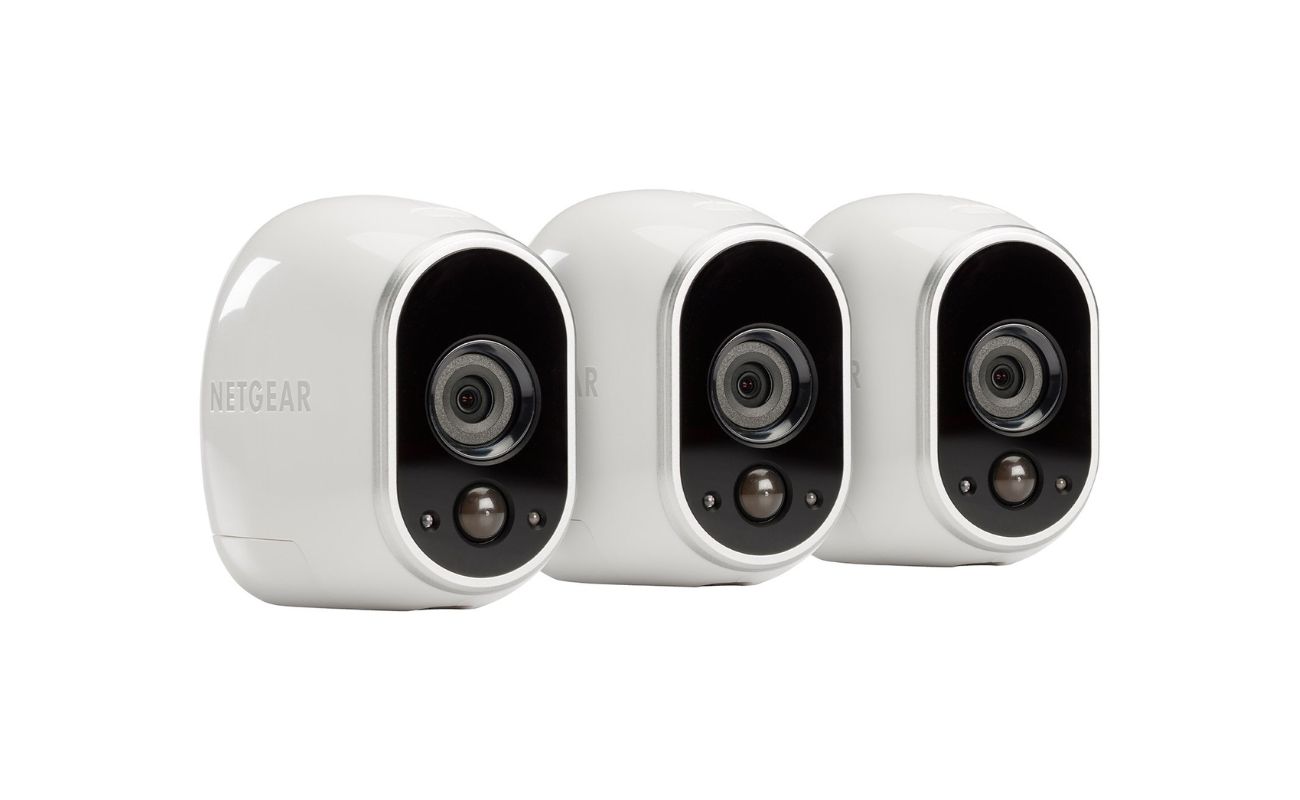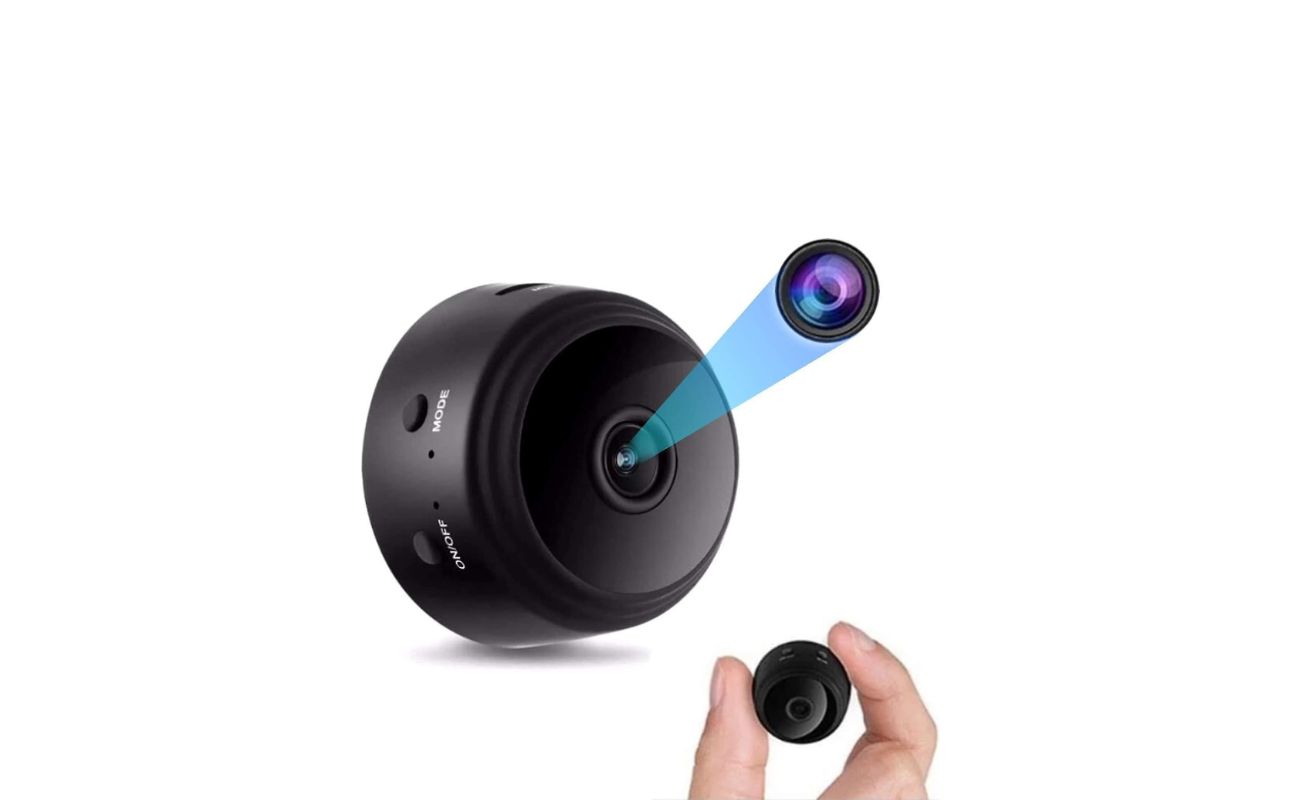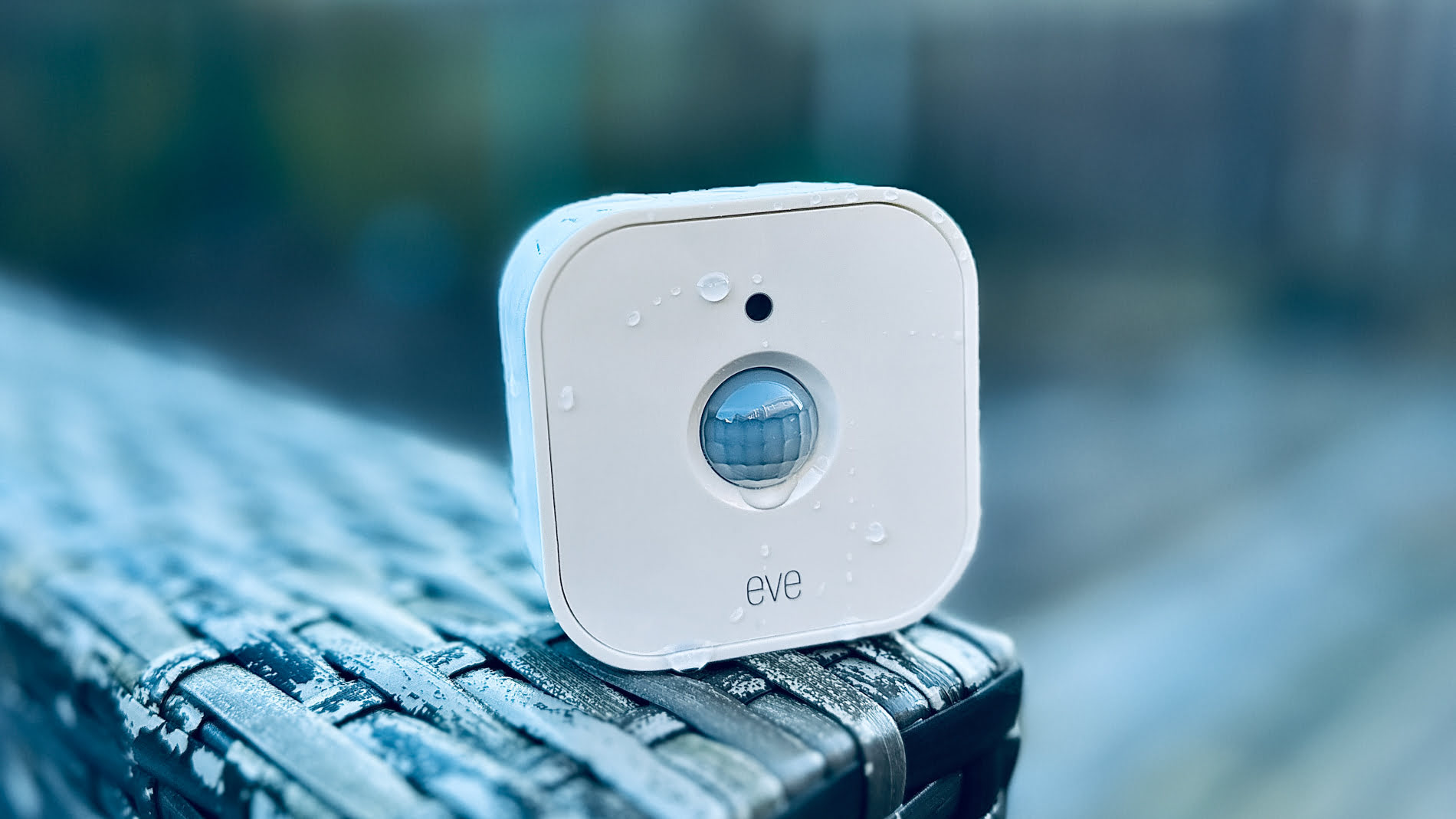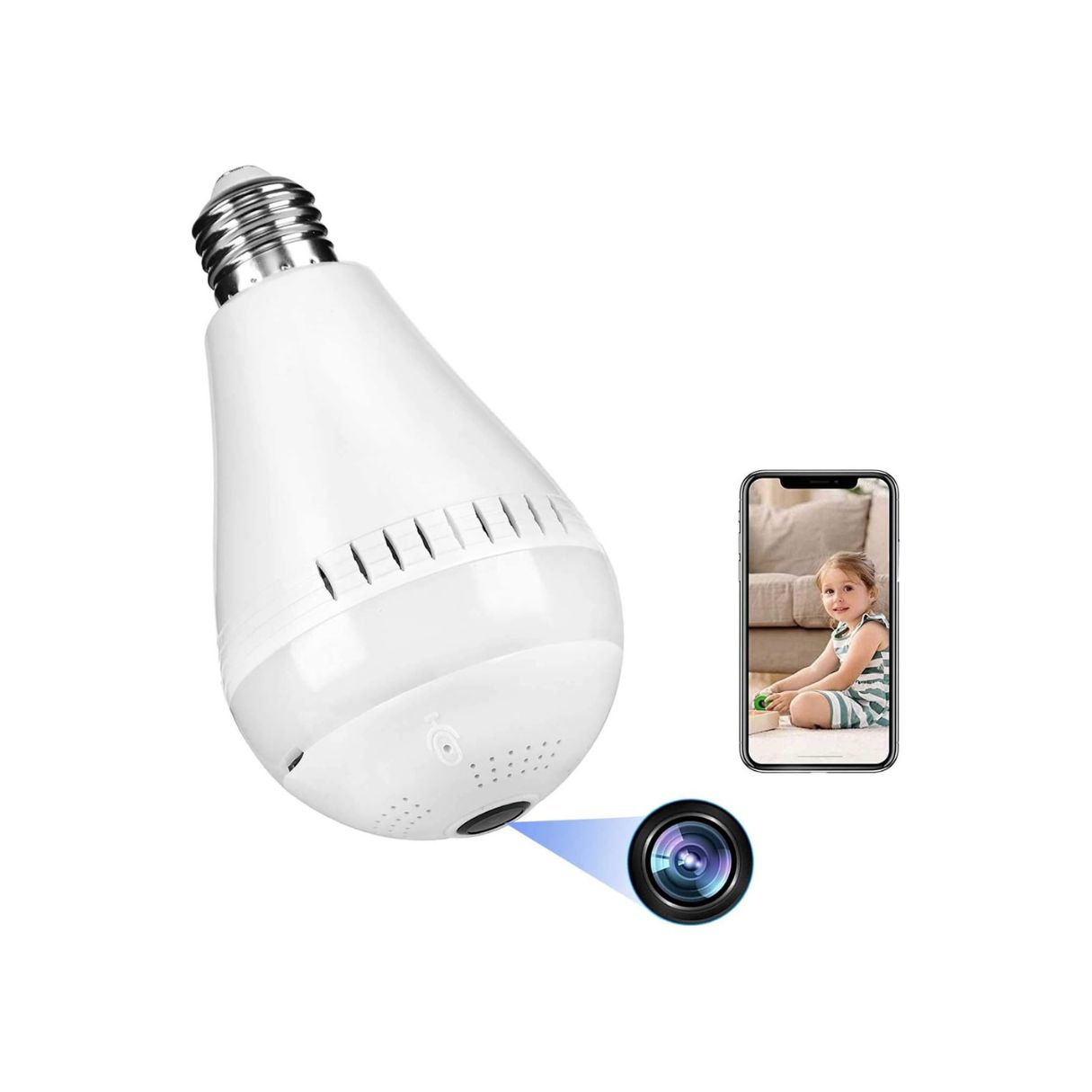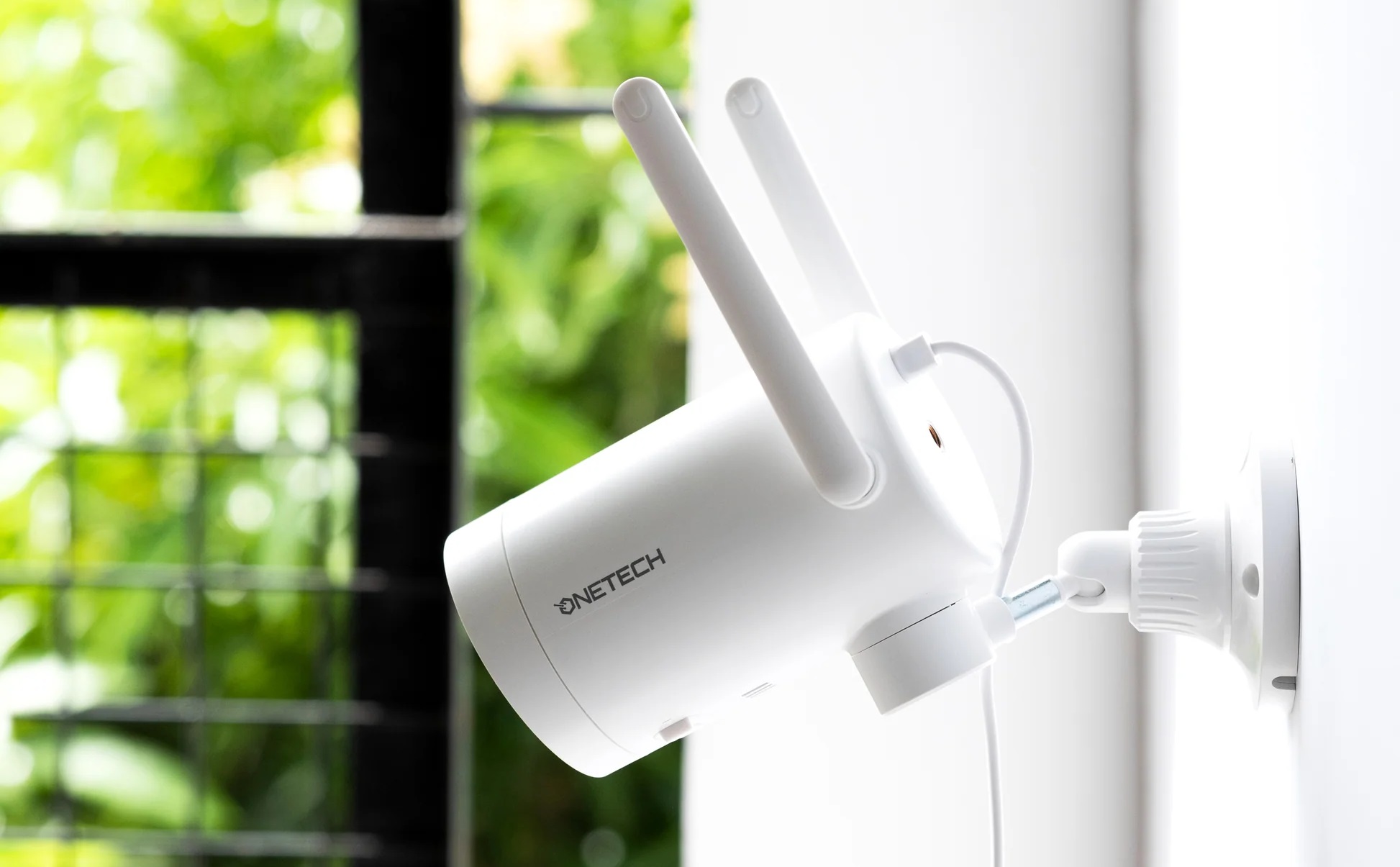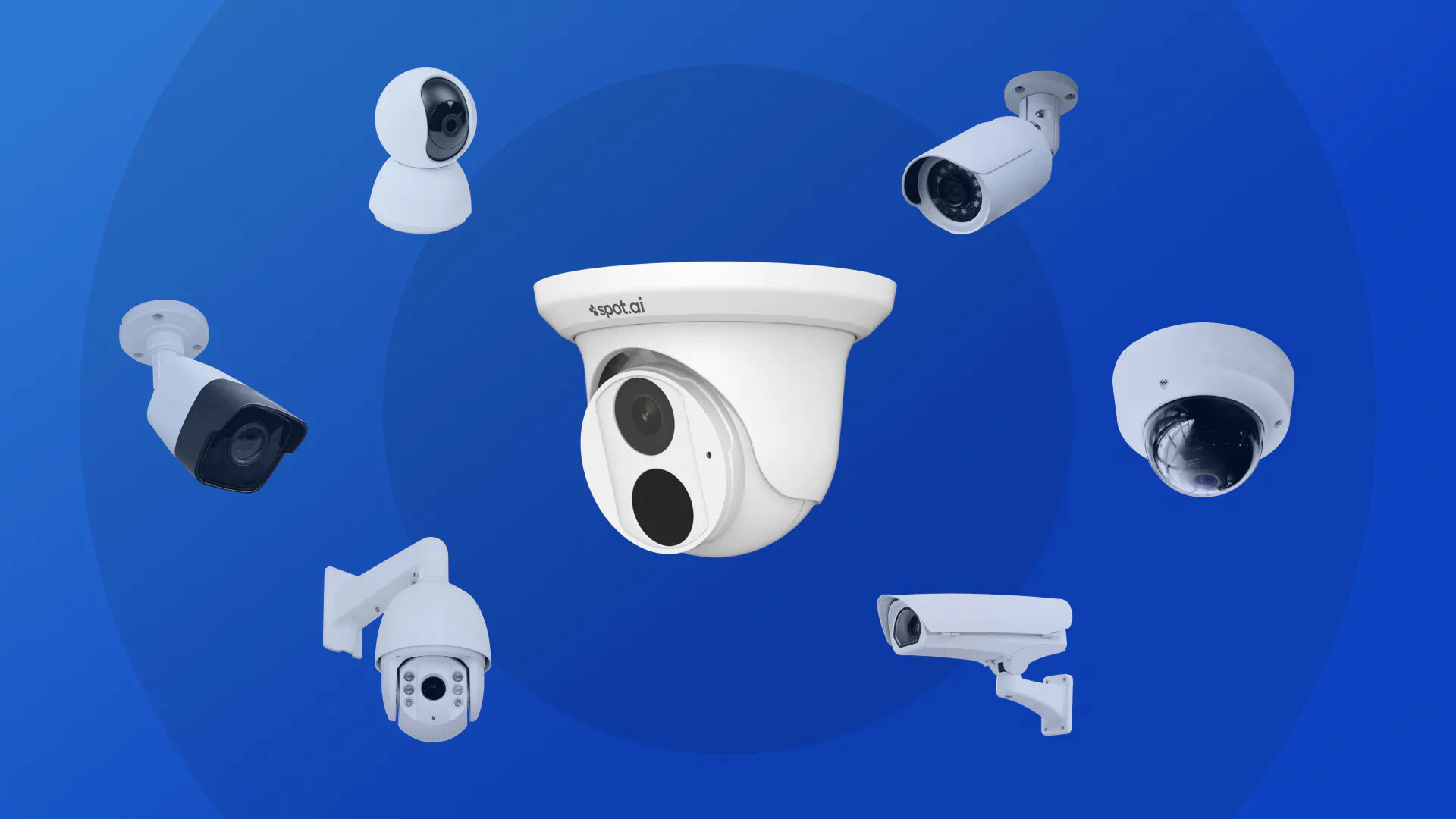Home>Home Security and Surveillance>How To Tell If A Security Camera Is Recording
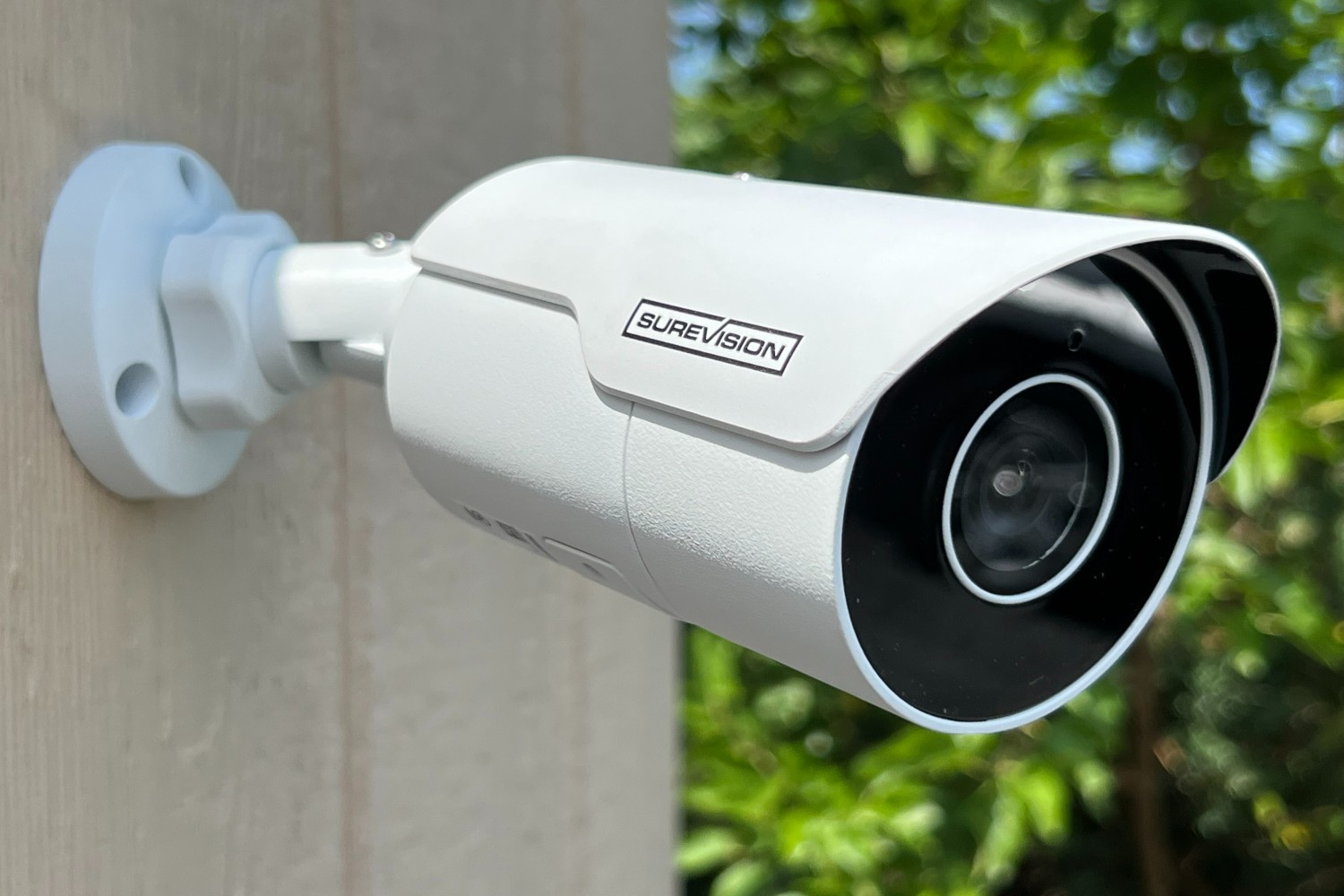

Home Security and Surveillance
How To Tell If A Security Camera Is Recording
Modified: August 28, 2024
Want to know if your home security camera is recording? Learn how to check and ensure your surveillance system is active and protecting your property.
(Many of the links in this article redirect to a specific reviewed product. Your purchase of these products through affiliate links helps to generate commission for Storables.com, at no extra cost. Learn more)
Introduction
Welcome to the world of modern home security and surveillance! With advancing technology, homeowners now have the ability to monitor their homes and properties with the help of security cameras. These cameras serve as a valuable deterrent to intruders and provide peace of mind knowing that your property is being protected.
However, one common question that many homeowners have is how to determine if a security camera is actually recording. After all, what good is a security camera if it’s not capturing important footage when you need it most?
In this article, we will explore various indicators and methods to identify if a security camera is recording. We will delve into the different types of security cameras, the significance of indicator lights, the differences between continuous and motion-activated recording, and ways to check storage capacity. So, let’s dive right in and unravel the mysteries of security camera recordings!
Key Takeaways:
- Security cameras can indicate recording status through indicator lights, but it’s important to consider other factors like motion-activated recording and monitoring software for accurate assessment.
- Regularly checking storage capacity, network activity, and utilizing playback options helps ensure that security cameras are actively recording and capturing important footage for home security.
Read more: How To Record Using Security Camera
Understanding Security Camera Systems
Before we delve into how to determine if a security camera is recording, it’s crucial to have a basic understanding of how security camera systems work.
Security camera systems consist of several components that work together to capture, transmit, and store video footage. These components typically include the camera itself, cables used for data transmission, a digital video recorder (DVR) or network video recorder (NVR) to store the footage, and monitoring software or mobile apps for remote access.
When the security camera is turned on and connected to the recording device, it begins capturing video footage of its designated area. This footage is then transmitted through the cables or wirelessly to the DVR or NVR, where it is stored for future reference.
It’s important to note that security cameras can be either wired or wireless. Wired cameras are connected to the recording device through cables, which provide a consistent and stable connection. On the other hand, wireless cameras transmit the footage wirelessly, typically using Wi-Fi or Bluetooth technology.
Now that we have a basic understanding of security camera systems, let’s move on to exploring the different types of security cameras and their features.
Types of Security Cameras
When it comes to choosing a security camera for your home, there are several types to consider. Each type has its own unique features and benefits, so it’s important to select the one that best suits your specific security needs.
1. Outdoor Cameras: Outdoor cameras are designed to withstand various weather conditions and can be mounted on the exterior of your home. They are usually weatherproof and have features like infrared night vision and wide-angle lenses to capture clear footage even in low-light situations.
2. Indoor Cameras: Indoor cameras are typically smaller and more discreet than outdoor cameras. They are commonly used to monitor specific rooms or areas within your home. Some indoor cameras have features like pan, tilt, and zoom capabilities to provide a wider coverage area.
3. Dome Cameras: Dome cameras are named after their dome-shaped housing. These cameras are commonly used in both indoor and outdoor settings. Their rounded design makes it difficult for potential intruders to determine where the camera is pointing, adding an extra layer of security.
4. Bullet Cameras: Bullet cameras are a popular choice for outdoor surveillance. They have a cylindrical shape and are often used to monitor specific areas, thanks to their long-range capabilities. Bullet cameras are typically weatherproof and offer features like infrared night vision and motion detection.
5. PTZ Cameras: PTZ stands for pan, tilt, and zoom. These cameras have the ability to move both horizontally and vertically, providing a wide range of coverage. PTZ cameras can be controlled remotely, allowing you to adjust their position and zoom in on specific areas of interest.
Now that we have explored the different types of security cameras, let’s move on to understanding how indicator lights can help determine if a security camera is recording.
Indicator Lights
Indicator lights on security cameras are a useful feature that can provide valuable insight into whether a camera is actively recording. These lights are typically located on the camera itself and serve as a visual indicator of its operational status.
When a security camera is recording, it is common for the indicator light to be illuminated. This light can be in the form of an LED or a small bulb, and its purpose is to signal to both homeowners and potential intruders that the camera is actively capturing footage.
Typically, the indicator light will be solid or blinking green, blue, or red, depending on the camera model. A solid light indicates that the camera is powered on and recording continuously, while a blinking light may indicate that the camera is in standby mode or is recording based on motion detection.
It’s important to note that not all security cameras have indicator lights, especially hidden or covert cameras that are designed to be discreet. In such cases, it’s important to refer to the camera’s documentation or consult the manufacturer to determine its recording status.
Keep in mind that while indicator lights can be a helpful indication, they should not be the sole determining factor when assessing whether a security camera is recording. Other methods and features, such as motion-activated recording and monitoring software, play a significant role in ensuring the camera is capturing important footage.
Now that we understand the significance of indicator lights, let’s explore the differences between continuous recording and motion-activated recording.
Continuous Recording vs. Motion-Activated Recording
Continuous recording and motion-activated recording are two common methods used by security cameras to capture footage. Understanding the differences between these recording modes can help you determine if a camera is actively recording at any given moment.
Continuous Recording: As the name suggests, continuous recording refers to the camera capturing and storing footage continuously, regardless of any motion detected. Cameras set to continuous recording mode will record 24/7, ensuring that every moment is captured and stored for later review. This recording method is ideal for areas that require constant monitoring, such as entrances, parking lots, or high-security locations.
Motion-Activated Recording: Motion-activated recording, as the name implies, triggers the camera to record only when it detects motion within its field of view. This mode conserves storage space and allows you to focus on capturing activity rather than recording endless hours of footage where nothing is happening. When the camera detects motion, it will begin recording and save the footage for future reference.
Many modern security cameras are equipped with advanced motion detection technology that helps reduce false alarms triggered by things like tree branches swaying or passing cars. These cameras typically have adjustable sensitivity settings, allowing you to customize the level of motion required to trigger recording.
To determine if a security camera is in motion-activated recording mode, you can check the camera’s settings or access the viewing software or mobile app that accompanies the camera. These platforms usually provide options to adjust recording modes and view recent motion-triggered events.
By understanding the differences between continuous recording and motion-activated recording, you can ascertain if a security camera is actively capturing footage based on your recording preferences and needs.
Next, let’s explore the importance of monitoring software and how it can help determine if a security camera is recording.
Look for a blinking light or red indicator on the camera, check for a recording icon on the monitor or app, or review the camera’s settings to see if it’s set to record.
Read more: How To Record Security Camera To PC
Monitoring Software
Monitoring software plays a crucial role in managing and accessing the footage captured by security cameras. It provides a user-friendly interface for viewing live feeds, reviewing recorded footage, and adjusting camera settings. Monitoring software can be installed on a computer, accessed through a web browser, or accessed via a mobile app.
When it comes to determining if a security camera is recording, monitoring software offers valuable insights. It typically displays the status of each connected camera, indicating whether it is actively recording or in standby mode. This information is usually represented by icons or status indicators next to each camera’s feed.
Furthermore, monitoring software allows you to set up alerts and notifications based on specific events or triggers. For example, you can configure the software to send you an alert whenever motion is detected by a camera. These notifications not only indicate that the camera is currently recording, but also allow you to quickly access the recorded footage to investigate the event.
Additionally, monitoring software provides features like remote access, allowing you to view live feeds and recorded footage from anywhere with an internet connection. This accessibility allows you to check the status of your security cameras and ensure they are recording even when you’re away from home.
It’s important to note that the functionality and user interface of monitoring software can vary depending on the manufacturer and brand of the security camera system. Therefore, it’s recommended to familiarize yourself with the specific monitoring software provided by your camera manufacturer to effectively determine if a camera is recording.
Now that we understand the role of monitoring software, let’s explore another method to check if a security camera is actively recording: checking storage capacity.
Checking Storage Capacity
Checking the storage capacity of a security camera system is another reliable method to determine if a camera is actively recording. This method provides insights into the amount of available storage space and helps ensure that the system can capture and store footage effectively.
Security cameras typically use either a Digital Video Recorder (DVR) or a Network Video Recorder (NVR) to store recorded footage. These devices have a built-in hard drive that stores the video files. To check the storage capacity of your security camera system, you can follow these steps:
- Access the settings or configuration menu of the DVR or NVR.
- Look for the storage or hard drive options.
- Check the available storage capacity or free space displayed in gigabytes (GB) or terabytes (TB).
If the storage capacity is nearing its limit or is already full, it could indicate that the system is actively recording and storing footage. On the other hand, if there is plenty of available storage space, it could mean that the system is not currently recording or has been set up to overwrite old footage when the limit is reached.
By regularly checking the storage capacity of your security camera system, you can ensure that it is functioning properly and has enough space to capture and retain important footage. If the storage capacity is reaching its limit, you may need to consider expanding your storage capabilities or implementing a system that automatically archives or backs up the footage to an external device or cloud storage.
Now that we’ve explored checking storage capacity, let’s move on to discussing network activity and its role in determining if a security camera is recording.
Network Activity
Network activity can provide valuable insights into whether a security camera is actively recording. With the increasing popularity of IP (Internet Protocol) cameras that connect to the internet, monitoring network activity can help determine if a camera is transmitting data and recording footage.
To check network activity and determine if a security camera is actively recording, you can follow these steps:
- Access the router or network administration settings.
- Locate the connected devices section or network devices list.
- Search for the IP address or hostname of the camera in question.
- Check if there is consistent network activity or data transfer occurring for that specific camera.
If you observe continuous or frequent network activity from the camera’s IP address, it suggests that the camera is transmitting data and most likely recording footage. This network activity indicates that the camera is actively connected to the recording device or monitoring software and is communicating to store or stream the captured video.
However, keep in mind that network activity may be influenced by other factors, such as live streaming, remote access, or firmware updates. Therefore, it’s essential to consider these variables when analyzing network activity to determine if a camera is recording.
If you’re unsure how to access the network administration settings or interpret the network activity of your security cameras, consult the user manual or reach out to the camera manufacturer for further assistance. They can provide specific guidance based on the model and configuration of your security camera system.
Now that we’ve explored the role of network activity, let’s move on to discussing playback options and how they provide evidence of a camera’s recording activity.
Playback Options
Playback options are a crucial aspect of determining if a security camera is actively recording. They allow you to review and playback previously recorded footage, providing tangible evidence of a camera’s recording activity.
Most modern security camera systems provide various playback options, including the ability to:
- View Recorded Footage: By accessing the monitoring software or mobile app associated with your security camera system, you can navigate to the recorded footage section. Here, you can select a specific date and time range to view the captured video from that period. If the system has been recording and storing footage, you will see a timeline or list of recorded events to choose from.
- Search by Motion Events: Many monitoring software platforms allow you to search for recorded footage based on motion events. This feature helps you quickly locate and review footage when motion was detected by the camera. By selecting a specific motion event, you can view the associated video clips.
- Playback Speed and Controls: The playback options typically include controls to adjust the speed of playback, such as slow motion or fast forward. These controls allow you to easily review footage at your preferred pace and focus on specific moments of interest.
By utilizing the playback options provided by your security camera system, you can verify if the camera has been actively recording and capturing footage. Reviewing the recorded video will help you evaluate the camera’s performance, ensure its positioning is optimal, and provide evidence in case of any security incidents or events.
It’s important to note that the duration for which recorded footage is retained can vary depending on the storage capacity of the system and the settings you have configured. Regularly reviewing playback options allows you to ensure that the system is operating as intended and that important footage is being recorded.
Now that we’ve explored playback options, let’s summarize the key points we’ve covered in this article.
Conclusion
When it comes to determining if a security camera is actively recording, there are various indicators and methods that can help you assess its recording status. By understanding the different types of security cameras available and their features, you can choose the one that best suits your surveillance needs.
Indicator lights on security cameras provide a visual indication of their operational status. A solid or blinking light can signify whether the camera is recording or in standby mode. However, it’s essential to consider other factors in conjunction with indicator lights, such as motion-activated recording and monitoring software, to ensure accurate results.
Continuous recording captures footage 24/7, while motion-activated recording conserves storage space by only capturing video when motion is detected. Monitoring software provides valuable insights into camera status and allows you to view live feeds, review recorded footage, and adjust camera settings. Additionally, checking the storage capacity of your security camera system ensures that it has enough space to capture and retain important footage.
Network activity can indicate if a security camera is actively transmitting data and recording video. Monitoring the network activity of your camera’s IP address can help determine its recording status. Lastly, playback options provide tangible evidence of a camera’s recording activity by allowing you to review previously recorded footage and search for specific events.
By utilizing these indicators and methods, you can confidently determine if a security camera is actively recording. Regularly checking camera status, reviewing playback options, and adjusting recording settings as needed will help ensure the optimal performance of your home security and surveillance system.
Remember, the primary purpose of security cameras is to enhance the safety and security of your home. By investing in a reliable and well-equipped surveillance system, you can have peace of mind knowing that your property is well-protected.
Stay vigilant, stay informed, and keep your home secure!
Frequently Asked Questions about How To Tell If A Security Camera Is Recording
Was this page helpful?
At Storables.com, we guarantee accurate and reliable information. Our content, validated by Expert Board Contributors, is crafted following stringent Editorial Policies. We're committed to providing you with well-researched, expert-backed insights for all your informational needs.
